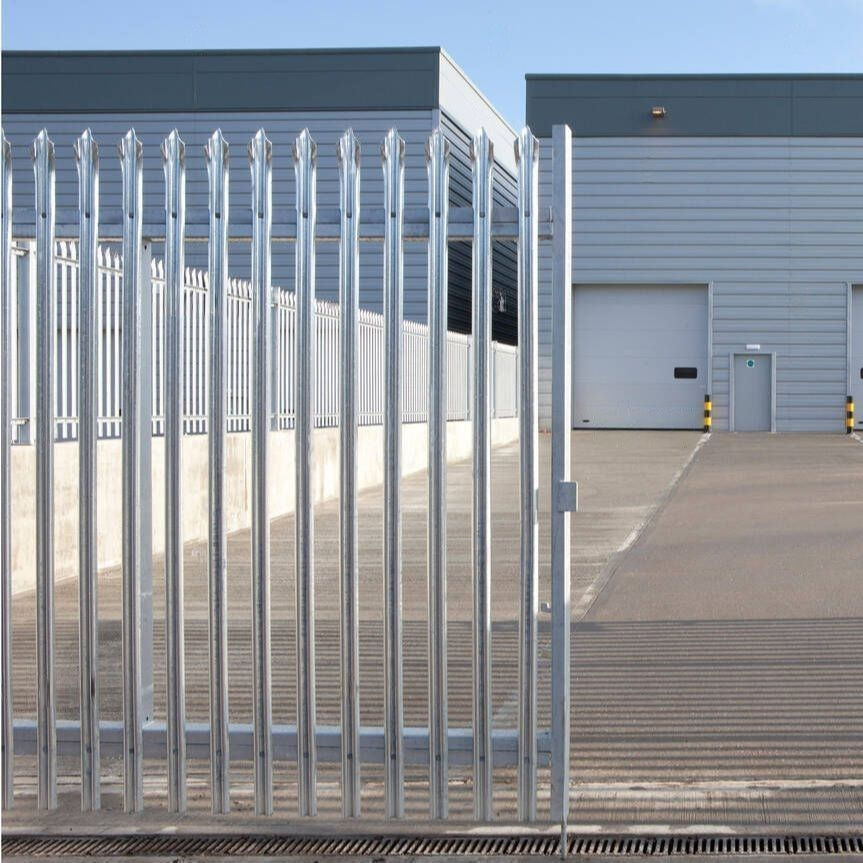Dust Control Fencing An Effective Solution for Mitigating Dust Pollution
Dust control has become a pressing issue in various industries, especially in construction, mining, and agriculture. The negative impacts of dust pollution on health, environment, and local communities are increasingly recognized. To combat these concerns, dust control fencing has emerged as an effective solution, providing a practical approach to managing dust emissions and ensuring a healthier environment for workers and residents alike.
Dust control fencing consists of physical barriers designed to reduce the dispersion of dust particles into the air. These fences are typically made from materials such as mesh or solid panels that can effectively trap or redirect airborne dust generated by various activities. By creating a physical boundary, these fences act as a shield, minimizing the impact of dust on surrounding areas.
One of the primary benefits of dust control fencing is its ability to significantly reduce dust emissions. In construction sites, for example, activities such as excavation and material handling often result in high levels of dust. By installing dust control fences around the perimeter of the site, operators can significantly limit the amount of dust released into the air. This not only improves air quality but also reduces the risk of respiratory issues for workers and nearby residents. Furthermore, regulatory compliance becomes easier, as many jurisdictions have specific air quality standards that must be met.
dust control fencing

Another advantage of dust control fencing is its cost-effectiveness. Compared to other dust suppression methods, such as chemical sprays or water application, installing a fence can be a more affordable long-term solution. Once erected, dust control fences require minimal maintenance, making them a practical option for ongoing projects or those with extended timelines. Additionally, these fences can often be reused across multiple sites, further enhancing their cost-efficiency.
Environmental benefits also play a crucial role in the justification for using dust control fencing. By minimizing dust pollution, these barriers contribute to the overall health of the surrounding ecosystem. Dust can contain harmful particulates that not only affect air quality but can also settle on soil and water bodies, impacting plant growth and wildlife. By controlling dust emissions, we can help maintain biodiversity and ensure that local flora and fauna thrive.
Moreover, the installation of dust control fencing can enhance community relations. Communities often express concerns over dust pollution from nearby projects, which can lead to dissatisfaction and opposition. By proactively implementing dust control measures, companies can demonstrate their commitment to environmental stewardship and public health, fostering goodwill and cooperation with local residents.
In conclusion, dust control fencing is an effective and economical solution to the growing problem of dust pollution. By reducing dust emissions, protecting the environment, and improving community relations, these barriers are vital in promoting a healthier and more sustainable future. As industries continue to evolve, embracing innovative methods like dust control fencing will be essential in ensuring that growth does not come at the expense of health and the environment.
-
Why Galvanized Trench Cover Steel Grating Resists Corrosion
NewsJul.10,2025
-
The Versatility and Strength of Stainless Expanded Metal Mesh
NewsJul.10,2025
-
Load Calculations in Steel Grating Platforms
NewsJul.10,2025
-
Keeping Pets and Kids Safe with Chicken Wire Deck Railing
NewsJul.10,2025
-
Hole Diameter and Pitch for Round Perforated Metal Sheets
NewsJul.10,2025
-
Aluminium Diamond Mesh in Modern Architecture
NewsJul.10,2025
Subscribe now!
Stay up to date with the latest on Fry Steeland industry news.

